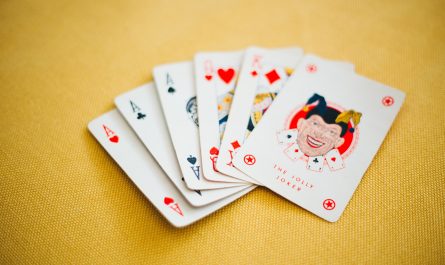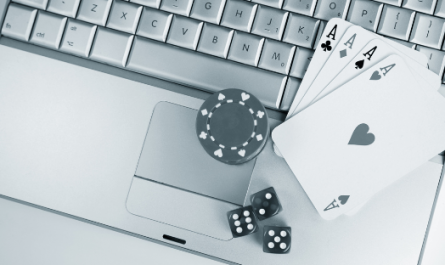The world of sport is constantly evolving, and the use of technology is only one area that has influenced a variety of sports in the modern day. Making improvements to a sport by incorporating new technologies has often sparked debate. One critique of the usage of technology is that it can slow down the game’s pace; nonetheless, for many others, seeing the proper selections being made makes watching it more pleasant. Suppose a new technology is available and has been proven to be accurate. In that case, it should be used to make the best decisions possible. Making the appropriate decisions is only fair to the athletes and teams.
Sports are one of the most conclusive measures of human athleticism, but that doesn’t mean technology can’t help. Technology can thrive where people fail when it comes to administering and officiating sports. This ensures that athletes are judged fairly and that they win fairly. Here are some of the fascinating new technologies now in use in the sports business.
Instant Replay
In most professional sports in the United States, instant replay and other high-tech aids have long been employed to assist officials in making the correct call. For example, gridiron has long relied on video replay technologies to verify referee decisions. Likewise, basketball officials use replay technologies to ensure that players shoot within the shot clock’s time limit.
In international cricket, a third umpire has been deployed to advise the central referees. They sit off the ground and have access to TV replays of particular instances (such as disputed catches and boundaries). Wireless technology allows the umpires on the field to communicate with each other. The third umpire is also called upon to make run-out judgments, which he does without consulting the two central referees.
Soccer/football is one sport that has avoided the usage of high-tech aid until lately. For example, replays could be used to determine if a ball crossed the goal line and explain penalty judgments.

Sensory
Sensor tools are frequently used to determine whether or not a goal is valid. It’s often employed when the naked eye can’t identify if a ball has crossed the goal line. Sensors are used differently in different sports. Hawk-Eye technology in cricket, for example, analyses sound to determine whether the ball slammed into the bat before being caught. Hawk-Eye can also be used to figure out where the ball would have fallen if it hadn’t collided with a player’s foot. This determines if the ball was blocked from striking the wicket unfairly.
On the other hand, tennis sensor tools use laser beams to assess whether or not the tennis ball has gone out of bounds—sensor technologies aid in determining the ball’s exact location at any given time.
Coverage
MLB TV, NFL Sunday Ticket, and NBA League Pass are options for the most ardent sports fans to watch every game, regardless of where they live. Is it healthy to watch all of the games? Perhaps not, but at the very least, we have the option. This is an excellent opportunity to broaden your sporting horizons and see games you might not otherwise watch. This brings sports fans together and educates us all.
Wearables
Wearables in sports and wellness were once only associated with Fitbit bands and basic pedometers. That time has passed. The diversity of wearable products available today and the versatility of their usefulness are astounding. For example, there are smart glasses for bikers that generate and display routes in real-time and goggles for swimmers that collect vital parameters while on the move. Sensor-enabled football and running shoes monitor speed, force, motion, traction, and other factors. Full-body suits are also available, which allow for performance and muscle coordination monitoring while training and help to enrich the experience with various AR and VR effects.

Timings
A stopwatch is no longer used to time a race. This means that variances in reaction time no longer affect a race’s precision and consistency. The starter pistol is now linked to a clock in several races. When the gun goes off, the clock begins timing the race right away. On the other hand, Swimming measures performance via a touchpad at the finish line and worn inertial sensors. Laser beams and photos are also used in several racing events to choose victors. Timing system data are frequently reported to the thousandth of a second. World and Olympic records, on the other hand, are only recorded to the hundredth of a second.
Information
Anyone with a smartphone can now download software that makes following sports as simple as texting. Following scores and reading commentary has never been easier, thanks to ESPN mobile and other websites. Even the most casual sports fan has become a technological addict as a result of this.



